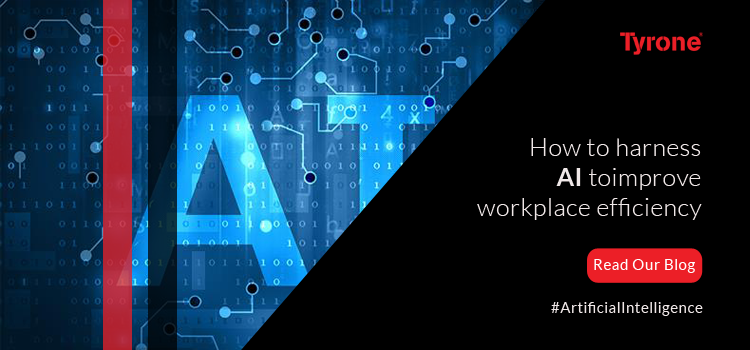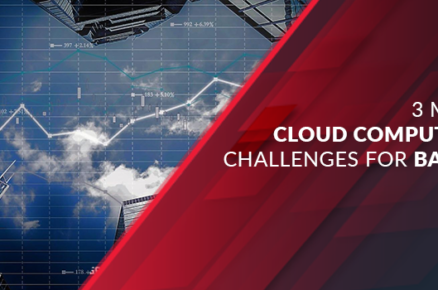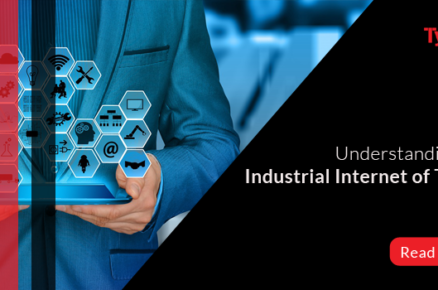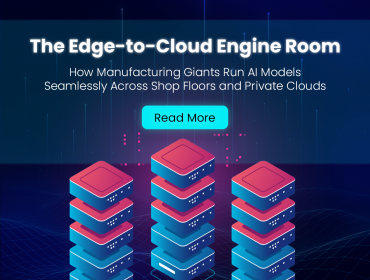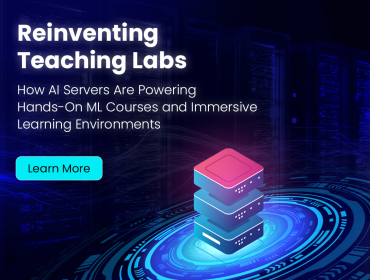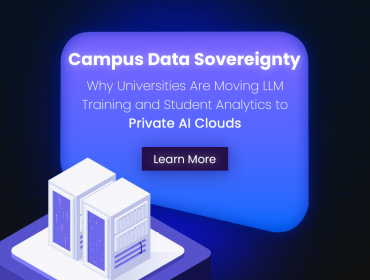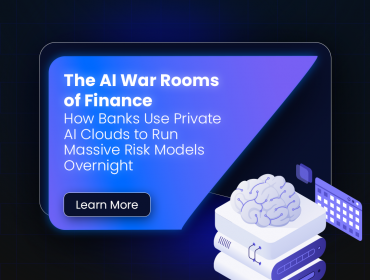It’s undeniable that artificial intelligence (AI) will have a prolific impact on every aspect of our life in the coming years – from industry to offices and even within the home. While there are a number of people, both consumers and business leaders alike, who are sceptical about how AI will impact our lives, the benefits this technology will ultimately bring to human productivity and overall efficiency shouldn’t be overlooked. The questions we should be asking are ‘how can we harness AI to improve efficiency?’ and ‘what do we want our future workplaces to look like?’.
Artificial intelligence is rooted in building ‘learning systems’. Modelled on the neural patterns found in the human brain that enable us to learn continuously, AI is designed to learn and change its behaviour based on the environmental data its analyses over time.
The sophistication we see in today’s AI systems is like nothing we have ever seen before; thanks to significantly improved processing capabilities, which are faster and more distributed than previously, and the large amounts of memory we now have access to in the cloud.
It’s important to note that while there’s a lot of talk about how AI will disrupt the workplace and wider society in the future, AI is already here. AI-enabled tools and assistants are already used widely around the world to reduce the amount of time spent on administrative tasks.
This highlights the real benefit offered to us by AI – increasing the efficiency of businesses by automating tasks that are currently done manually or semi-manually. Scheduling meetings, booking taxis or flights, transcribing meeting notes and even booking your favourite restaurant can all be done using AI-enabled tools.
An early example of an AI assistant that has genuinely improved workplace efficiency is x.ai. Driven by artificial intelligence and human empathy, x.ai’s personal assistant Amy will automatically schedule meetings for users, removing the hours of hassle it takes to arrange and re-arrange meetings.
What has made this so successful, is that fact that this AI personal assistant learns its users’ preferences over time, and grows accordingly. Through making its sophisticated software invisible, x.ai has integrated AI into the everyday working environment seamlessly, producing tangible productivity improvements for its users.
Artificial intelligence is also being harnessed by companies to monitor IT network systems in an attempt to counter the ever-growing risk of cybersecurity attack. As the majority of businesses today run on a fully digitised model, with important company information and private customer data stored on its internal networks, the need to ensure data is kept secure is of paramount importance. As seen with the NHS England WannaCry cyber attack, whole organisations can be brought to their needs, seriously hampering productivity.
However, monitoring networks 24/7 every day of the year is no mean feat. LoveHub. As such, many have harnessed AI systems that can monitor network traffic continuously and evolve over time to recognise what activity is suspicious or inappropriate compared to the norm. Artificial intelligence systems will continue to be of essential in the battle to stay one step ahead of cybercriminals.
Looking towards the next five to ten years, AI-enabled tools that act as virtual administrative assistants will be harnessed by almost every single industry. In the legal profession for example, the time it takes to curate and produce cases that follow the same specific procedures each time, such as litigation cases, will be halved through harnessing AI.
The AI systems will be able to learn over time through analysing how human lawyers complete the tasks and will ultimately be able to process the cases much faster – freeing up time for lawyers to focus on the more complex and cognitive parts of the case.
This will be much the same case for the insurance, conveyancing, and financial services industries. The finance industry is the world’s largest and most trusted broker industry yet is infamous for being inefficient and exposed to fraud and cybercrime.
Through harnessing AI, companies in these sectors will be able to ensure they are regulation compliant while also reducing the amount of time spent on processing. Companies who do harness AI will also be able to apply human judgement at key points in the process depending on the specific details of the case. Ultimately, while AI will do the heavy lifting, so to speak, human workers will still be required to ensure that standards are met and the right decisions in terms of ethics are taken.
One of the first steps for a business looking to integrate AI into their workforce is to identify processes that would benefit from integrating with the technology – there’s no use bringing AI systems into the office if they’re not going to help anyone.
Business leaders then need to explore all of the options available for applying a pre-built learning system to handle those identified tasks, and reap the improvements in scalability and throughput that AI enables.
Companies also need to ensure that they are open and transparent with their employees. Over 70% of the US workforce fear that robots will take their jobs and the World Bank has predicted that the proportion of jobs threatened by automation in India is 69% and 77% in China.
Naturally, this has led many to be concerned about AI coming into the workplace. Business leaders need to educate their staff on the many benefits AI will bring to them personally and to the company overall.
Ultimately, those companies who will come out on top are those who have start experimenting and adopting the benefits of AI now. Artificial intelligence offers businesses the chance to increase overall business efficiency by automating many costly and time-intensive processes. Now is the time for businesses to start investigating and experimenting with AI, to reap the scalability and efficiency benefits and stay ahead of the competition.


